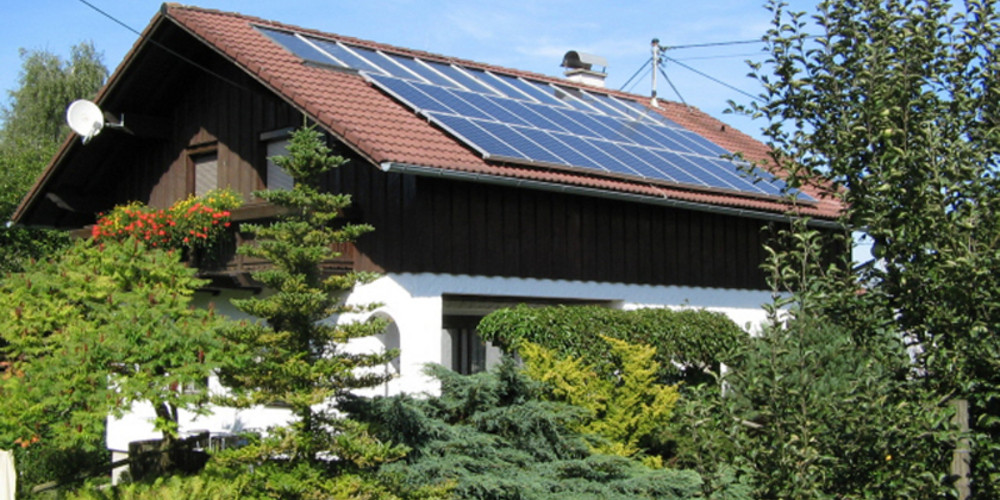Last month saw the highest residential and sub-100kW commercial and industrial (C&i) installation figures ever recorded in Australia. Data compiled and published this week by Green Energy Markets (GEM) show that more than 120 MW of PV was installed by Australian households and businesses for the month.

This exceeds the previous record of almost 112 MW in June 2012, an achievement that at the time was primarily driven by the winding up of very favorable residential FITs in Queensland and a simultaneous reduction in Federal Government subsidies.
Last month’s installation record comes on the back of strong growth in the number and size of PV systems being installed throughout the year. While in January the GEM numbers show that 65.5 MW was installed, that grew to 88.5 MW in June and almost 105 MW in October.
Behind the increase is a number of drivers, not least the intense political debate that has surrounded electricity supply and renewable energy that has kept both themes at the top of the media agenda for much of the year.
“Electricity prices, a lot of media hype around that and power reliability,” Tristen Edis, the Director of Analysis and Advisory at GEM tells pv magazine Australia. “This Federal Government decided to make an issue out of power reliability and power costs, the media then follows the government rhetoric, which gets people scared and concerned. [These concerns were] then backed up by the reality that power prices were going up.”
As of July 1, a number of Australian electricity retailers increased electricity tariffs in response to surging wholesale prices. Origin, EnergyAustralia and AGL all announced price increase, some by as much as 20%.
“The overall rise was not that significant when you consider delivered end retail prices,” notes Edis. “It was significant but it was not at extraordinary levels.”
However, with that hike combined to a high profile public debate about the drivers behind price increases and some media coverage pointing the finger of blame at renewables with a fervour verging on hysteria, it has led to households and businesses taking matters into their own hands and turning to rooftop PV.

“There are a few different factors are aligning at once to cause the perfect storm,” says Chris Williams, the CEO and Founder Natural Solar. “Many households and business see electricity as one of their highest overheads.”
Williams said that some C&I customers that had previously installed a 100 kW rooftop system have returned looking to add up to 300-400 kW once the price hikes kicked in. Large electricity consumers are more exposed to the increase in wholesale prices, which have roughly doubled, and are taking decisive action to reduce the burden of high electricity costs.
“These prices are a point of frustration and businesses have a lack of confidence in where the price will go [in the future],” says Williams. “It means that some businesses just want to cover their entire roofs [with PV].”
Interestingly, these larger C&I rooftops are not included in the STC data, as systems larger than 100 kW qualify instead for large scale generation certificates (LGCs), meaning that the uptick in installation activity may be even larger than that reported this week.

Image: Eneo Solutions
Natural Solar’s Williams also reports that the level of interest in battery storage is also at record levels. He says that the company, which is active in four states, is set to surpass 5,000 battery system installations in the coming weeks.
“Battery storage has gone from being an early adopter technology to being mainstream,” said Williams. “It’s a product they want, that they are interested in and the technology excites them.”
Williams makes the claim that 19 of every 20 installations that Natural Solar has carried out in 2017 has either been adding a battery to existing solar array or a combined solar+storage package.
“A lot of people were waiting for storage to arrive,” said Williams. “They were thinking, why would I buy a solar system when I can’t use the electricity when I’m at work during the day?”
The November record achieved this year compares to a miserly 56 MW in November 2015, and 71 MW in the same month last year.
This content is protected by copyright and may not be reused. If you want to cooperate with us and would like to reuse some of our content, please contact: editors@pv-magazine.com.




We see the same interest for battery systems over here Western Australia at the same time the demand for solar panels in Perth has never been higher.